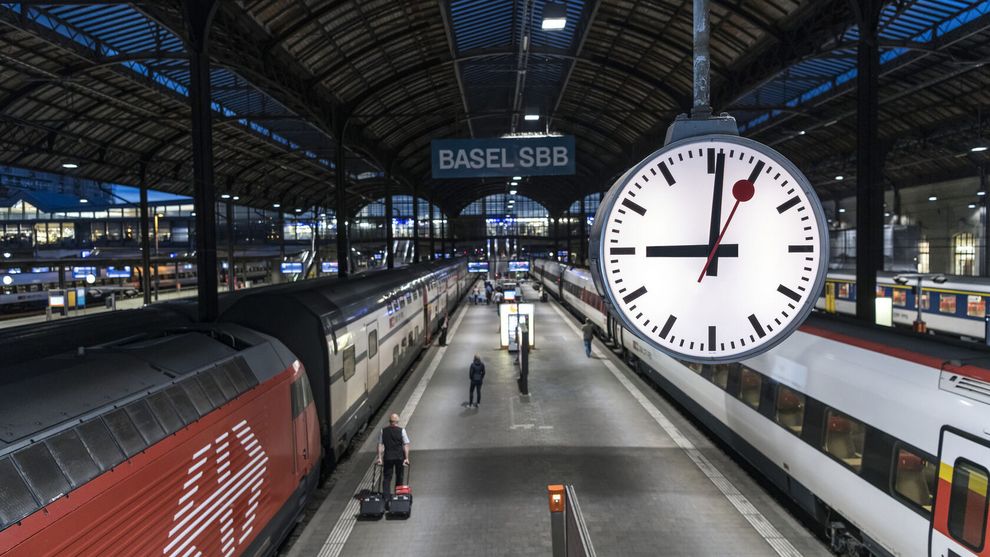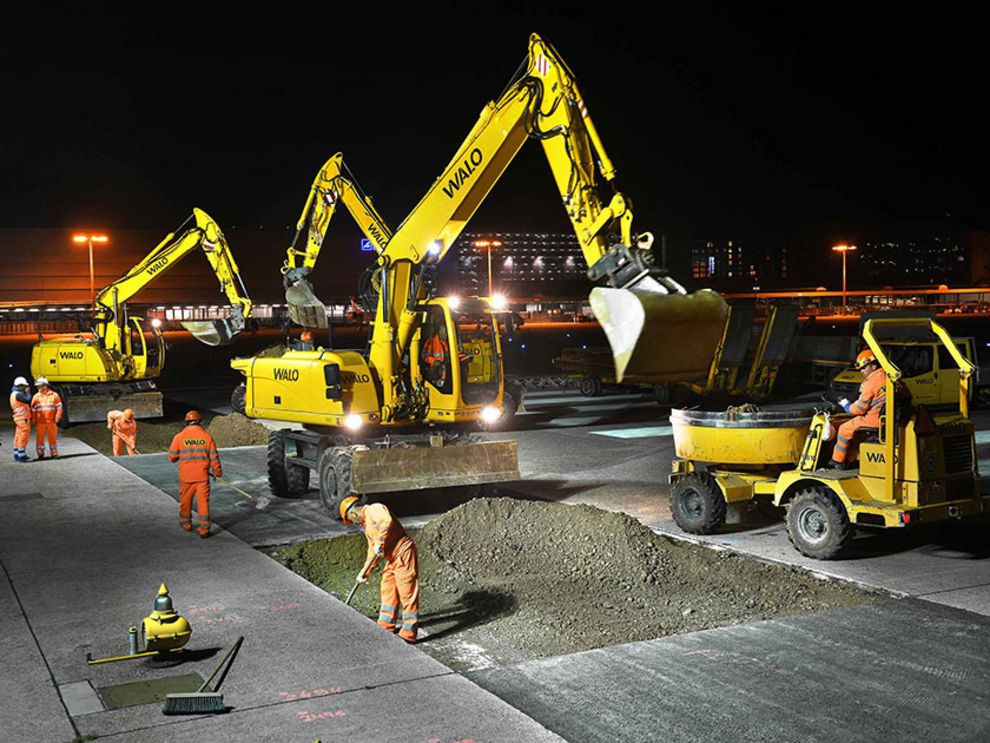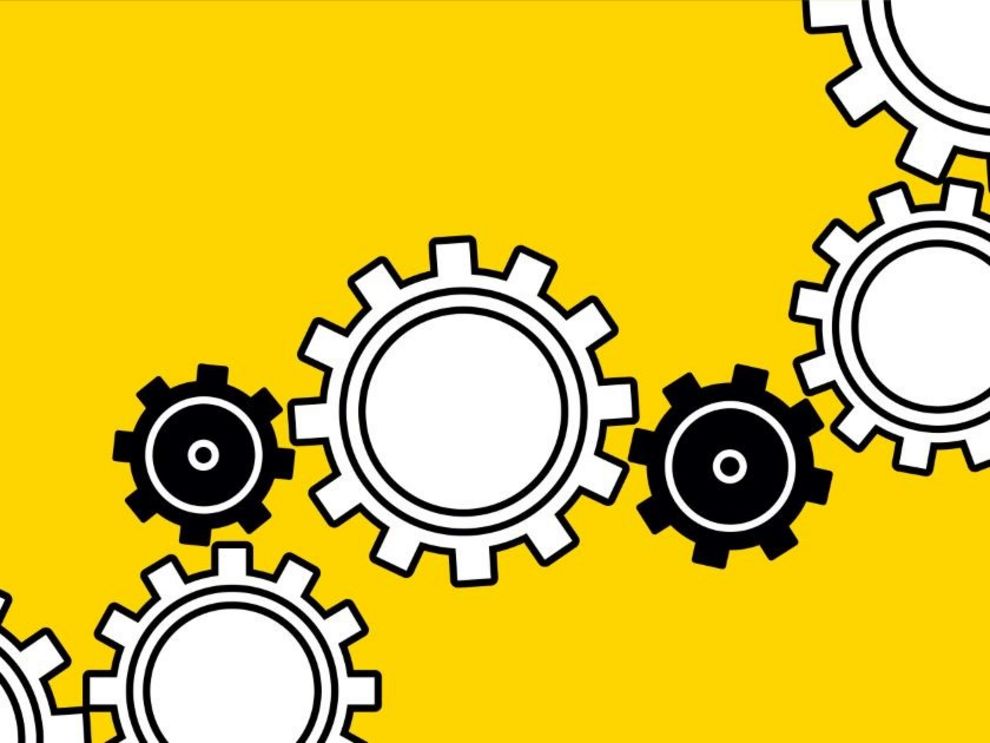Swiss Federal Railways: Creating a Lot of Time Traveling South (and Back).
The opening of the Ceneri Base Tunnel on September 4 marks the completion of the new railway link through the Alps (NRLA). With enormous investments and state-of-the-art technology Swiss Federal Railways (SBB), a UMB customer, has succeeded in significantly shortening travel time to the south. UMB integrates data services for SBB, BLS and SOB. Time is relative and valuable. This is why many people have always tried to gain time when travelling. (Picture: SBB)
#Automation
In 1882, about 30 years before Albert Einstein set out to surprise the world with his theory of relativity, the first railroad trains were already running through the 15-kilometer-long Gotthard tunnel, pulled by steam locomotives that could only reach 26 km/h on the steep sections of the mountain and about 60 km/h on the plain. Compared to the speed of a stagecoach this was very fast. Compared to the express trains that travel under the Alps on the new line today it was very slow.
Ten times faster to Milan
Only half a century earlier, the journey to the south still took the stagecoach over the mountain, along adventurously steep slopes, over high bridges on dusty and rugged paths. The passengers were well and truly shaken when they finally arrived in Milan, at the earliest 31 hours after leaving Lucerne. The Post Office advertised that this trip was the "fastest and most comfortable connection between Italy and southern Germany". Today, almost two hundred years later, the journey is ten times faster. The route to the south runs 2300 meters below the Gotthard massif, where trains glide at 200 km/h through the 57-kilometer-long new base tunnel (a speed of up to 250 km/h is possible) before they travel from northern to southern Ticino a little later below Monte Ceneri.
Creating time on the train - more than one million hours per year
With the opening of the 15.4-kilometer-long Ceneri Base Tunnel travel time between Zurich and Milan will be reduced from today's three hours 40 minutes to just under three hours. The connection between Zurich and Lugano will be shortened to less than two hours with the full commissioning (and the next timetable change) of this third longest tunnel in Switzerland, and the trip from Lugano to Locarno will take less than 30 minutes instead of 55. The new railway link through the Alps (NRLA), which includes the 38-kilometer Lötschberg Base Tunnel, is now complete; it has cost 23 billion Swiss francs and will reduce the travel time from Zurich to Milan by more than one hour. SBB expects more than one million passengers per year to travel on the north-south axis in the future. The new tunnel through Monte Ceneri will thus enable SBB to create more than one million hours of time each year for travellers on this route!
An information source system for rail traffic
Last year, SBB transported more than 1.3 million passengers every day. During the week, almost 11,000 trains were on the move every day, around 2000 of which were freight trains[1]. To ensure that this enormous number of trains and people reach their destinations safely, a digital control system is needed that makes all the important information available. The data platform "Info-Hub PT"[2] is the rail traffic information source system for all information concerning timetable, train journey and formation data. It is operated jointly by SBB, BLS and SOB and is made available to the railroad companies. The system consists of three integrated data services: The timetable service provides basic and target timetable data, the train journey data service delivers predictive messages, and the formation service is used to record formation data for passenger and locomotive trains.
UMB creating time - making sure the trains are running on schedule
The experts at UMB are familiar with container-based technologies and support SBB, BLS and SOB in the construction and further development of this hub and the real-time networking of applications. Streaming-based applications - based on Kafka on OpenShift, Docker and Kubernetes - will be implemented for future data integration. Kafka, an open source streaming platform that can be used in situations such as streaming clickstream data from web applications and sensor data from IoT devices, is perfect for this type of integrated data flow.
Rail companies are concerned about passenger safety and the digital management of time and rail material; UMB offers the know-how to enable them to meet this challenge efficiently and safely at the digital level. UMB creating time: a welcome and appropriate offer especially in connection with the extremely complex timetable of the Swiss railroads.
[1] https://reporting.sbb.ch/verkehr?years=0,1,4,5,6,7&scroll=1309


